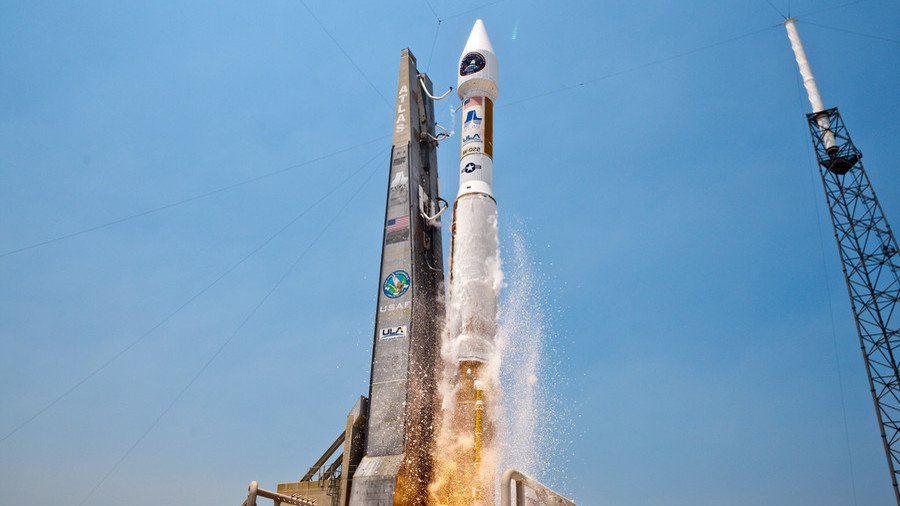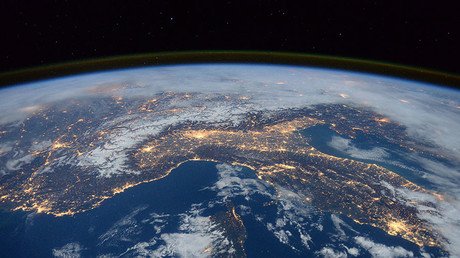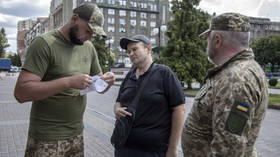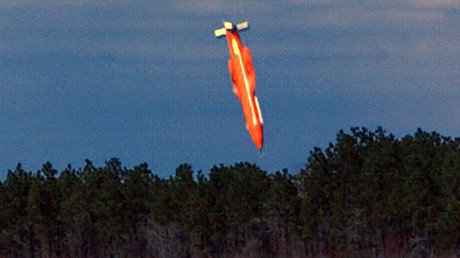Tensions aside: US to take delivery of 4 rocket engines from Russia

Despite political tensions here on Mother Earth, Russian-American cooperation in space still persists. The US will take delivery of four Russian-built engines crucial for its Atlas rockets, with several more to come.
Four RD-180 rocket engines built by Russia’s NPO Energomash have been commissioned for the US buyers, the manufacturer said in a news release. “On October 26, 2018, Pratt & Whitney, United Launch Alliance and RD AMROSS singed the engine log books,” it reads.
Prior to the handover, Pratt & Whitney and United Launch Alliance (ULA) checked the engines along with NASA and US Air Force experts to ensure they are of good quality. The RD-180s are now ready to be shipped out, and this is not a one-of-a-kind purchase.

Three more rocket engines will be supplied later in November. And in April, the US bought four more engines from Russia, according to Energomash.
The United Launch Alliance, a joint company owned by Lockheed Martin and Boeing, has relied on Energomash RD-180 engines for years to power the Atlas V rocket. They recently ordered 20 engines from Energomash despite economic sanctions imposed on Russia.
Aside from RD-180 engines, the US buys RD-181s from Russian manufacturers. The RD-181 is used to propel Antares rockets that launch Cygnus cargo tugs to the International Space Station for NASA.
When the US introduced its initial set of restrictions against Moscow, space exploration was excluded. As NASA administrator Jim Bridenstine said, “when other channels of communication break down, nations can still communicate on space exploration and space discovery and science.”
NASA has been doing its utmost to cut its dependency on Russian engines and to produce a viable alternative to the dual-nozzle, kerosene-fueled RD-180s, but to no avail so far. And while some Russian officials have at times vowed to ban the rocket engine sales, they are continuing.
Space is one of the few areas of Russia-US cooperation that remains relatively unscathed by political tensions. “We’re all breathing the same air. We can draw borders, but from space you can’t see them,” NASA astronaut Douglas H. Wheelock said last year.
“In the US we have a sarcastic saying: ‘We can put a man on a Moon, but we cannot figure out how to get along with our Russian partners,” the New York native said after working at Russia’s Gagarin Cosmonaut Training Center in Star City.
Think your friends would be interested? Share this story!















